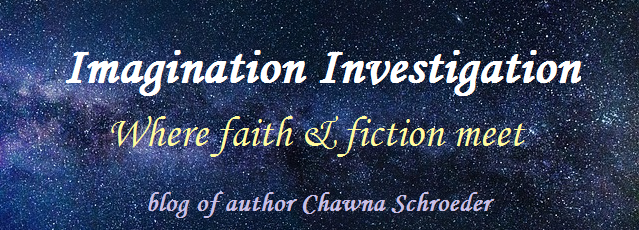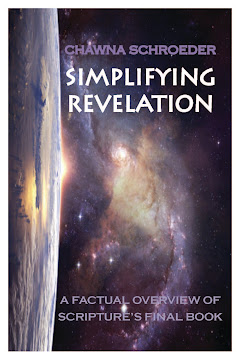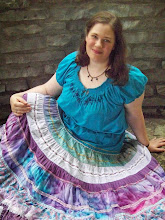Before the February blog tour, we were covering the five levels of desensitization: rationalization, justification, complacency, snobbery, and gluttony. But I’ve been speaking in fairly general terms. So what does desensitization in fiction look like?It can take many forms. Sometimes it’s a story’s systematic disarming that allows fallacy to creep in, like in Twilight. Other times it is a consistent bombardment of ideas and images.
But the most common form of desensitization in story is probably the addiction to an emotional high. Highs come from the pulse-quickening and adrenaline-pumping that leaves the reader/watcher breathless and read to conquer the world. Think of the feeling that comes from a rollercoaster ride.
Of course, every person is unique, so that high can be obtained in a variety of ways. The scary horror film, the sappy happily-ever-after ending, the intense graphic violence, the sexually provocative, the time race of thrillers—any of these and many more can create the addictive high.
None of these are necessarily bad in of themselves. Nor is an emotional high evil either. The craving and addiction to the high is the problem. For just like drugs and alcohol, you will need more frequent fixes and more potent material to reach the same high level—scarier horror films, more violence, more heart-pounding scenes. In face, story is a type of drug in many ways. It just happens to be more socially acceptable than marijuana or even alcohol.
So what to do with the desensitization? That’s what we’ll be covering during the next few weeks.
Monday, February 23, 2009
Subscribe to:
Post Comments (Atom)




No comments:
Post a Comment